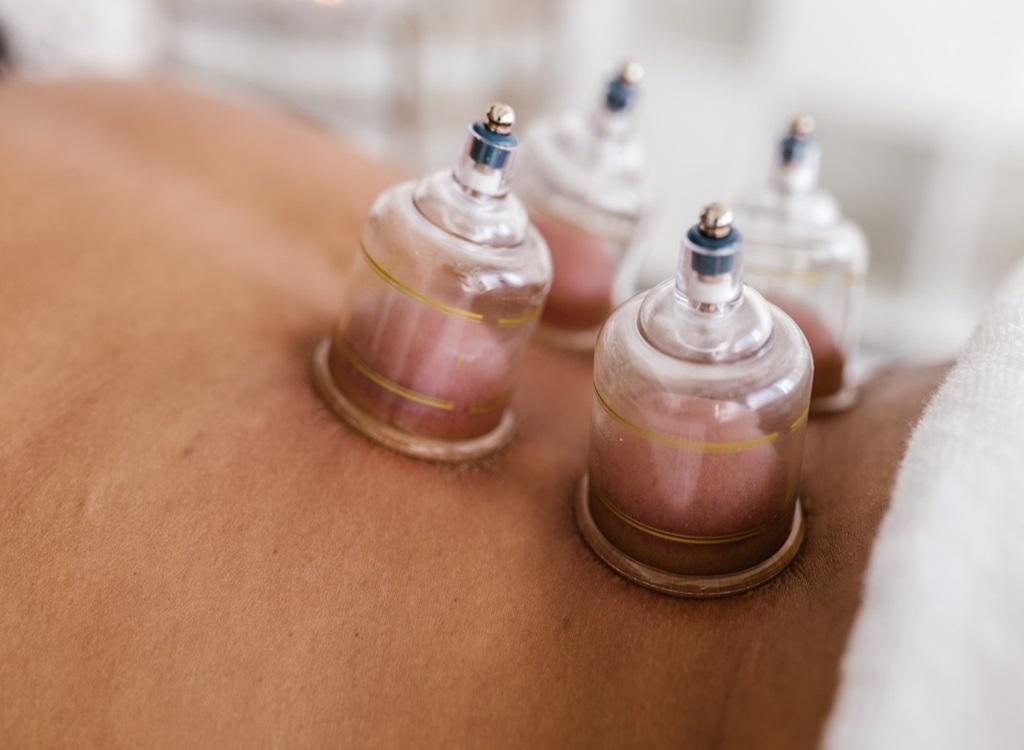
Symptoms associated with back pain can range from a muscle ache to a shooting, burning, or stabbing sensation. Additionally, pain may radiate down your leg or worsen with bending, twisting, lifting, standing, or walking.
The Role of Physiotherapy in Treating Back Pain
Physiotherapy plays a crucial role in the management and alleviation of back pain through various techniques and modalities. Key components of physiotherapy treatment for back pain include:
Assessment and Diagnosis
Physiotherapists conduct a comprehensive assessment to diagnose the underlying cause of back pain, taking into account the individual's medical history, lifestyle, and specific symptoms.
Pain Management
Physiotherapists utilize techniques such as hot and cold therapy, electrical stimulation, and ultrasound to reduce pain and swelling.
Exercise Therapy
Tailored exercise programs are designed to strengthen muscles supporting the back, enhance flexibility, and improve posture. This includes a combination of stretching, strengthening, and aerobic conditioning.
Manual Therapy
Techniques such as massage, mobilization, and manipulation are employed to improve joint mobility, relieve muscle tension, and enhance circulation.
Functional Training
Rehabilitation focuses not only on alleviating pain but also on restoring the individual's ability to perform daily activities effectively and without discomfort.
Understanding Back Pain and the Role of Physiotherapy
Back pain is a prevalent condition affecting individuals of various ages and backgrounds, leading to discomfort, impaired mobility, and a diminished quality of life. The complexity of the human back, with its intricate structure of muscles, bones, joints, and ligaments, makes it susceptible to pain arising from various causes. Physiotherapy emerges as a potent remedy, offering a non-invasive, therapeutic approach to alleviate back pain and restore functionality.
Causes and Symptoms of Back Pain
Back pain can stem from a multitude of factors, ranging from acute injuries to chronic conditions. Common causes include:
Muscle or Ligament Strain
Sudden awkward movements or repetitive heavy lifting can strain back muscles and spinal ligaments.
Bulging or Ruptured Discs
Discs act as cushions between the bones (vertebrae) in your spine. The soft material inside a disc can bulge or rupture and press on a nerve, causing pain.
Arthritis
Osteoarthritis can affect the lower back. In some cases, arthritis in the spine can lead to a narrowing of the space around the spinal cord.
Skeletal Irregularities
Scoliosis, a condition in which your spine curves to the side, can also lead to back pain, but generally only if the scoliosis is severe.
Osteoporosis
Your spine's vertebrae can develop painful fractures if your bones become porous and brittle.

Contact Us
Our Address
G-155, Sector - 44, Noida, G B Nagar, UP
Email Us
Manju@stepinphysiotherapy.com
Call Us
+91 9650713466
